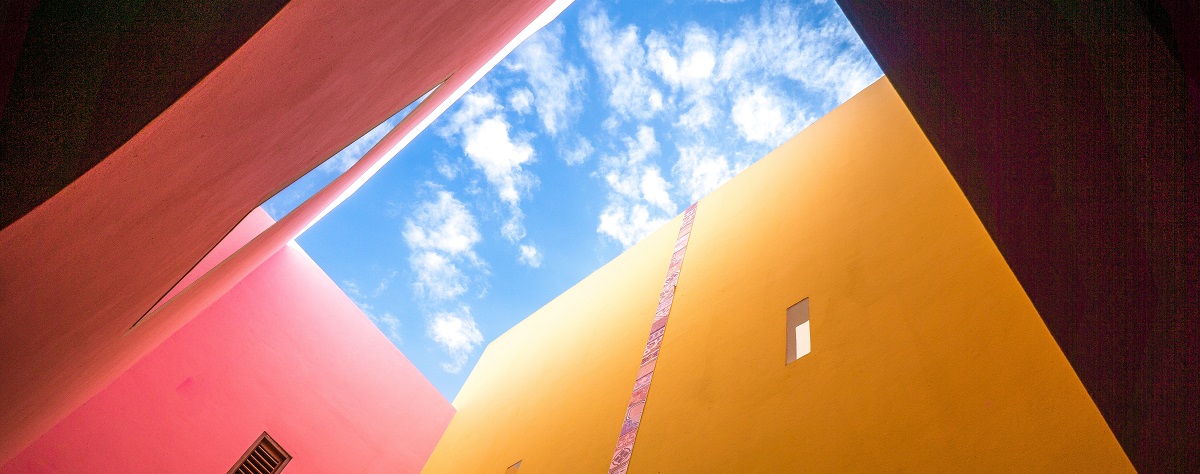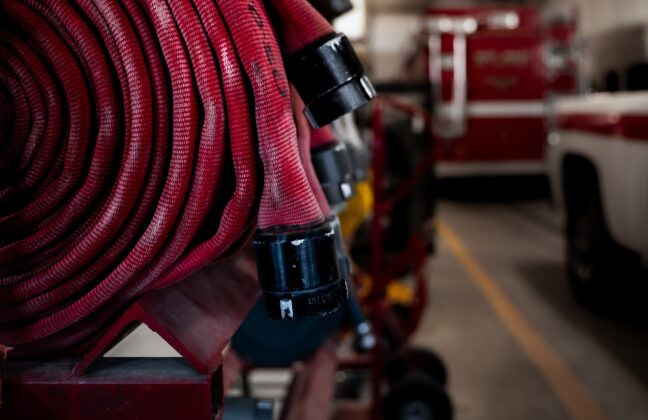As plastic pollution worsens globally, initiatives around the world are using circular economy principles to find a solution. …
Dr. Shoma Kitayama, Reusable Exterior Walls: Outside In

In this month’s CE Stories, we are focusing on stories of circularity and innovation in the materials, spaces, and structures that we encounter every day. With the construction sector estimated to contributes up to 11% of global carbon emissions, it is imperative that we develop and implement innovative and circular solutions to the way that we construct the world around us.
For this CE Story, we interviewed Dr Shoma Kitayama, a Research Fellow in the School of Civil Engineering at the University of Leeds, and a member of the Interdisciplinary Circular Economy Centre for Mineral-Based Construction Materials (ICEC-MCM), one of the NICER Programme’s Circular Economy Research Centres. Dr Kitayama is working on the development of demountable and reusable exterior lightweight infill walls.
- Could you tell us a bit more about your role at ICEC-MCM?
I have been working on a research project as a Research Fellow at the University of Leeds since April 2021. The title of the project is “Design for Deconstruction of Lightweight Exterior Infill Walls.” My role includes a) reviewing works of literature on structural connections that enable disassembly and reuse of structural members for other building constructions, b) conducting laboratory experiments on the demountable bolted connections for lightweight exterior infill walls, and c) conducting a life-cycle assessment (LCA) of buildings with exterior infill walls considering the scenarios of disassembly and reuse of lightweight exterior infill walls.
- Could you outline your work on the development of demountable and reusable exterior lightweight infill walls?
Lightweight infill wall for exterior facades is increasingly used in the UK on a range of building types and are an economic and efficient method of providing façade walls. The infill walls are built between the floors of steel or concrete frames and are designed to resist wind load and support the weight of the cladding. While a building is used typically for 50 or 60 years before it is demolished, a façade is used only for about 30 years. A recent study showed that some members within the infill walls can be used for a much longer period than the period that they are usually used for. In one of our ongoing studies of the lifecycle assessment of a building with infill walls, we found that the carbon emissions from
 the infill walls relative to the emissions from the entire building construction are significant. Currently, some materials used for infill walls are highly recycled, but such a recycling process needs an energy-intensive process and emits a lot of carbon. Thus, the disassembly and reuse of the exterior infill walls are considered to reduce the carbon emissions from the construction and deconstruction of infill walls and contribute toward the transition to net zero in the construction sector.
the infill walls relative to the emissions from the entire building construction are significant. Currently, some materials used for infill walls are highly recycled, but such a recycling process needs an energy-intensive process and emits a lot of carbon. Thus, the disassembly and reuse of the exterior infill walls are considered to reduce the carbon emissions from the construction and deconstruction of infill walls and contribute toward the transition to net zero in the construction sector.
Photo of a demountable connection to be tested at the University of Leeds laboratory
- When did you start working in CE, and what inspired you to consider CE action?
Two of the inspirations that brought my attention to CE are the research papers I was reading and the news that I saw. The design of structures has long been based on the initial cost and safety of buildings, but these papers discussed the importance of incorporating environmental factors into the structural design. Also, in the year 2019-2020, I often saw the news about wildfires in the western United States, and floods and landslides in Japan and other countries. The causes of these hazards were reported due to being global warming and climate change. Then, I found a CE researcher position at Leeds, took the position, and started working in CE as a Research Fellow at the University of Leeds.
- What have you learned, achieved, and what kind of challenges have you faced during your work in CE?
I belong to the centre “Interdisciplinary Circular Economy Centre for Mineral-based Construction Materials (ICEC-MCM).” The diversity of the research areas of the researchers in this centre is huge, including economics, engineering, mathematics, and law. There is a centre-organised meeting and a bi-weekly meeting with other postdoctoral researchers to seek collaboration. Also, I have had monthly meetings to check in on the progress of my research with the industry partner Etex (Headquarters: Brussels, Belgium). I met people working in the different divisions of the company, engineers, R & D manager, and marketing manager. The challenge in meeting people with diverse backgrounds is that I should not assume the same level of knowledge of the specific research topics and narrow views for the solution to the research problems that I am facing. But the challenge allows me to improve how I explain my work to a wide range of people effectively and provides me with diverse views that further motivated my work on the project and enriched the solution to the research problems.
- What are your key lessons for the future?
Reducing carbon emissions in the construction sectors is essential in a period of climate emergency. Disassembly and reuse of structural members are considered to reduce the carbon emissions from construction and deconstruction of buildings. In addition, there has been a growing awareness that the lean design and design of buildings using sustainable materials (e.g., innovative recycled materials, timber, lightweight steel), are effective ways of reducing waste and carbon emissions from the construction and deconstruction of buildings. At the same time, the durability of materials is an important factor to consider because the replacement of the structural members due to the deterioration of the materials or damage to the members caused by natural hazards will cause carbon emissions. These are the things that I learned, and my future work will consider these factors to develop and evaluate the structural designs that will lessen carbon emissions and other environmental impacts.
- Finally, do you have any advice for anyone wanting to take positive CE action?
My first work in Leeds as a Research Fellow was to review literature works on connections used for structural members in steel-framed buildings considering the demountability and reusability of the connected members. I worked on steel-framed buildings and structural connections in my previous position, however, I never looked at steel-framed buildings and their connections from the CE perspective. My work in the previous position was to conduct seismic design and performance evaluation of steel-framed buildings. The way I studied the connections in the steel-framed buildings was how the members were connected and why that worked to achieve sufficient strength, stiffness, and ductility to resist lateral load from earthquake ground motions and prevent the collapse of the buildings. Now I investigate these connections from the CE perspective. My advice is that we can take positive CE action in many of the research areas even if you are not currently working on CE projects. If you are interested in CE, you may try to look at your work from the CE perspective.






